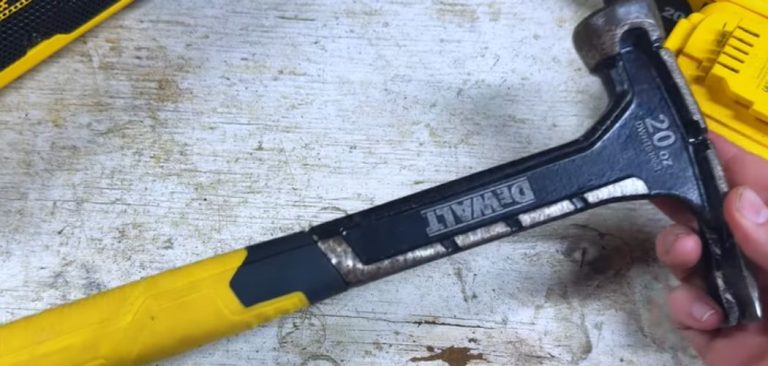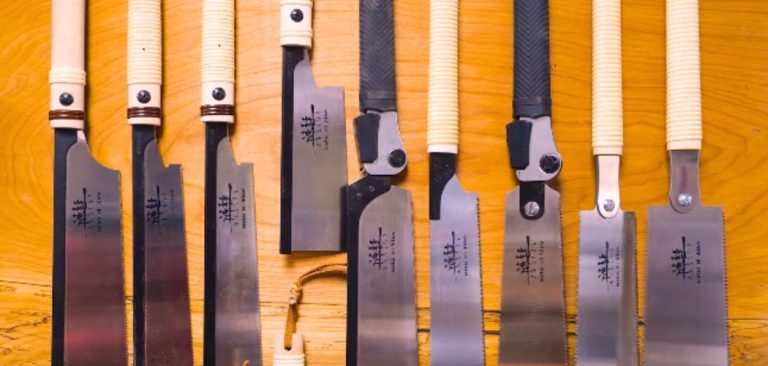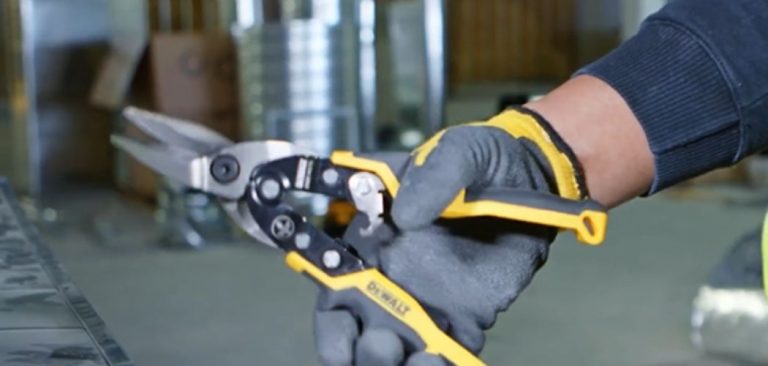Types Of Hammer Handle
Hammer handles are the unsung heroes of the tool world, often overlooked but critical to delivering powerful and precise strikes. These handles come in various varieties, each for specific tasks and offering unique benefits. From traditional wooden handles to modern composite and anti-vibration options, understanding their features can significantly improve your hammering experience.
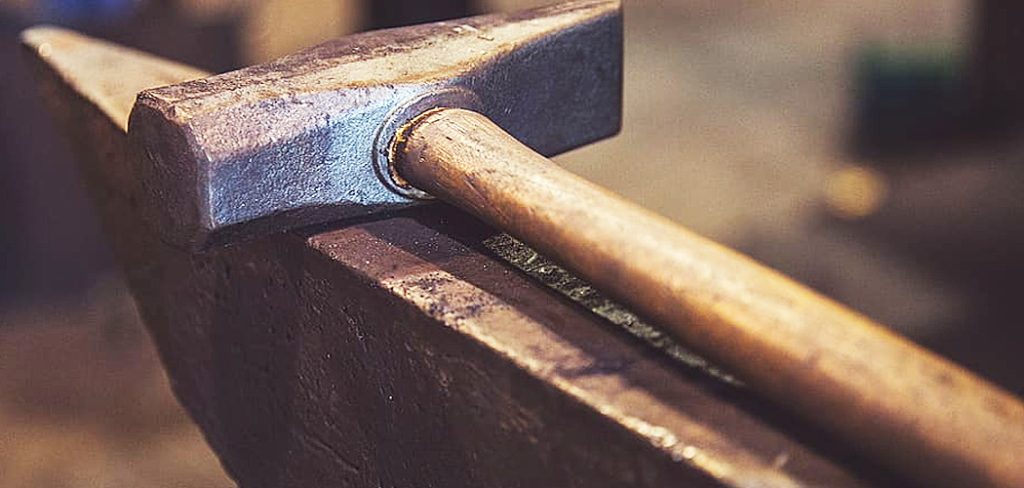
In this article, we’ll explore the diverse world of hammer handle types and the benefits they bring to different applications, so if you’re curious about which handle best suits your needs, keep exploring the realm of handles.
All Types Of Hammer Handle
Hammer handles come in many varieties, each designed for specific purposes and to provide unique benefits. I discuss their various uses below; I hope you stay tuned.
1. Fiberglass Handles
Fiberglass handles are lightweight, durable, and resistant to weather, chemicals, and moisture. They have a textured surface that provides a secure grip and reduces slippage during use. Fiberglass handles are commonly used in construction, automotive repair, and other heavy-duty applications.
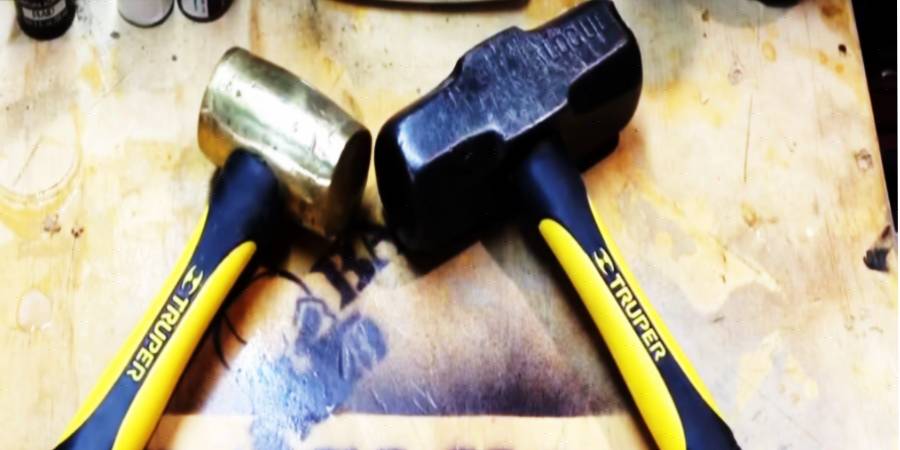
2. Wooden Handle
Wooden handles are a traditional choice for hammers and offer several advantages. They are comfortable to grip, absorb shock well, and provide a good balance.
Wooden handles are usually made from hickory, known for their strength and durability. They are widely used for carpentry, woodworking, and general household work.
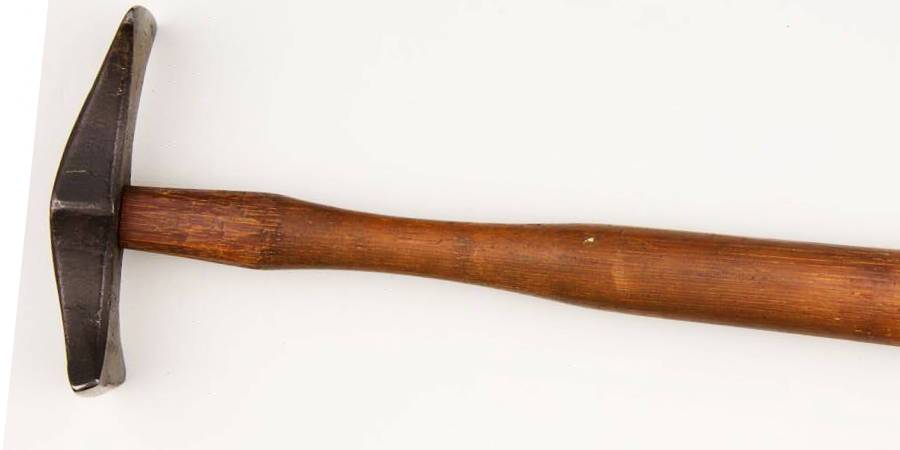
3. Tubular Handles
Tubular handles are made from hollow steel tubes and balance strength and weight. They are lighter than solid steel handles, providing sufficient strength for most applications.
Tubular handles are commonly used in framing hammers and other tools where weight reduction is desirable without compromising durability.
4. Steel Handles
Steel handles are exceptionally strong and provide maximum durability. They are often used in heavy industrial settings where extreme strength is required.
Steel handles are resistant to damage from impact and can withstand significant abuse. However, they can transmit more vibration and shock to the user’s hand than other handle types.
5. Anti-vibration Handles
Anti-vibration handles are designed to reduce vibration transmission from the hammerhead to the user’s hand, reducing fatigue and strain.
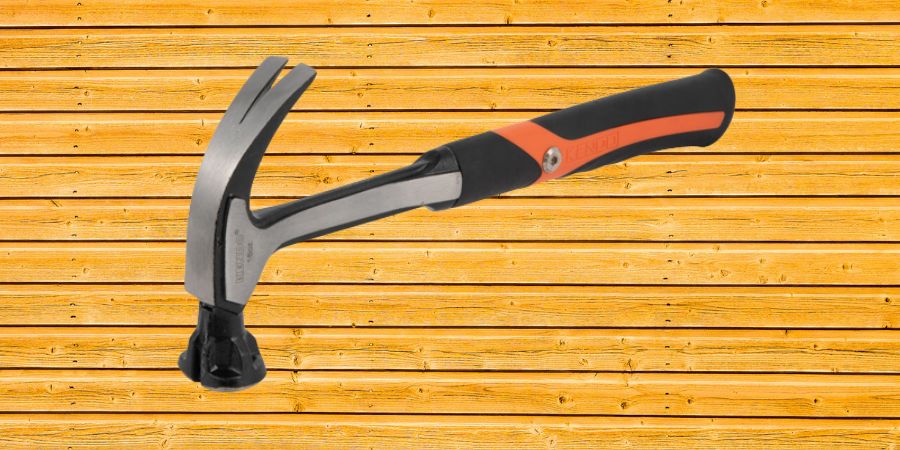
These handles often have a rubber or elastomeric material that absorbs and dampens vibrations, providing increased comfort during extended use. Anti-vibration handles are popular in jobs requiring repetitive hammering, such as concrete or demolition.
6. Composite Handles
Composite handles are made from a combination of materials such as fiberglass and resin to provide a lightweight yet sturdy option. They offer the benefits of both materials, including high strength, shock absorption, and weather resistance.
Composite handles are commonly used in applications that require a balance of strength and low weight, such as roofing or light construction work.
7. T-Handle Grips
T-handle grips are special handles designed to provide a secure grip and improved control for specific tasks. They feature a T-shaped configuration at the end of the handle, which allows the user to apply force in multiple directions while maintaining stability.
T-handle grips are commonly found on hammers for chiseling, breaking concrete, or driving.
Straight Vs. Curved, What Hammer Hammer Handle is Best?
The benefits of a straight hammer handle include enhanced control, better precision, and versatility for various tasks. It allows for a more natural grip and wrist alignment during strikes.
On the other hand, a curved handle provides additional leverage for more forceful tasks and is particularly effective for pulling nails. Some users also find curved handles more comfortable for extended use. Choosing between the two depends on personal preference and the specific job requirements.
Hammer Handle Length and Width Ideal Measurement
I’ve done a lot of research, and the ideal length for a hammer handle is usually 12 to 16 inches (30 to 40 cm), providing options for increased leverage or improved control.
The grip size or width should be about 1.25 to 1.5 inches (3.2 to 3.8 cm) in diameter, which provides a comfortable and secure hold. Ultimately, the best measurement depends on personal preference and hand size.
Things Do You Need to Consider to Choose a Hammer Handle
While choosing a good hammer handle, you need to look at several factors, I can give you some ideas, but the choice is yours.
1. Handle Length
Choose a handle length that feels comfortable and suits your work style. Longer handles offer more flexibility for heavy-duty work, while shorter handles provide better control for precision work.
2. Handle Width
Look for a grip size that allows for a comfortable and secure hold. Avoid too thin or too thick handles, as they can affect your control and comfort during use.
3. Materials
Choose high-quality materials such as hickory, fiberglass, or steel-reinforced handles, as they provide durability and resilience to withstand the impact force of hammers.
4. Ergonomics
Consider the shape and design of the handle. Some handles may have ergonomic features that reduce strain and fatigue during prolonged use.
5. Fit
Make sure the handle fits tightly on the hammerhead. It should take some effort to insert, but not too tight to risk breaking the handle. A snug fit ensures efficient energy transfer during the strike.
6. Weight
Choose a handle weight that complements the weight of your hammer head. A balanced hammer reduces stress on your arms and increases control.
7. Personal Preference
Ultimately, your comfort and feel with the handle is most important. Try different handles to find one that suits your grip and forging style.
Everyone’s preferences and hand sizes are different, so what works well for someone else may be better for you. So, in the end, you must consider the above factors but prioritize your comfort when choosing a handle.
Conclusion
Before I wrote this article, I discussed the hammer handle with a mason friend of mine, he gave me some ideas, and I presented them to you with enough regurgitation, hopefully, to give you a good idea of them, and if you have any different opinions. If yes, then let me know by commenting below.

